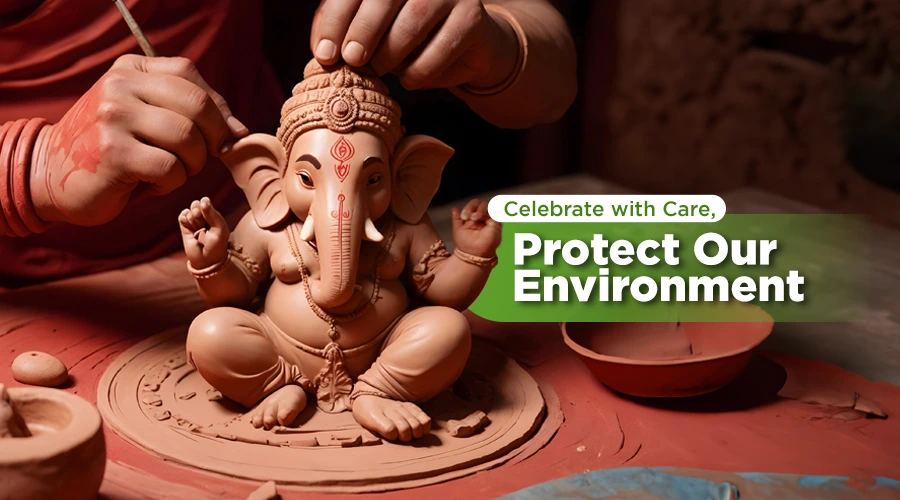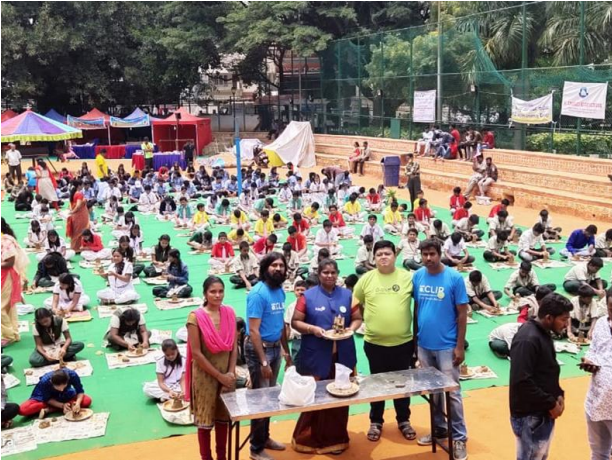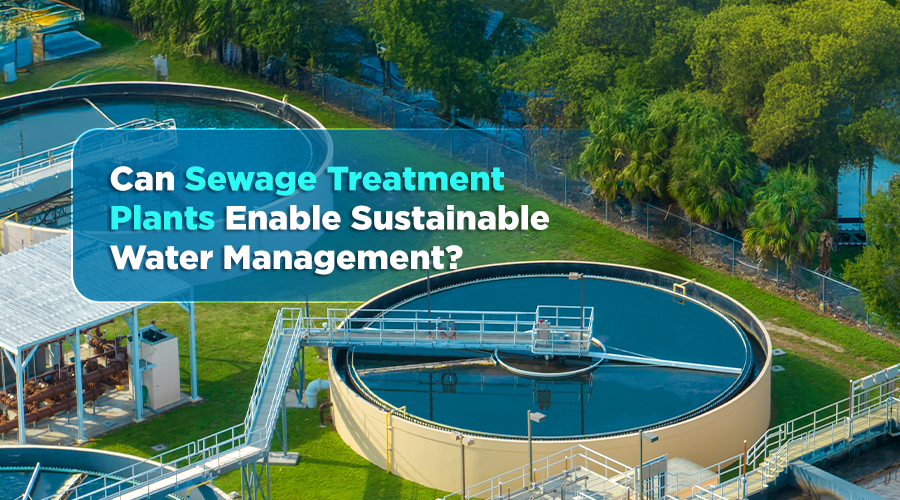The festival of Ganesh Chaturthi, celebrated with immense fervour and joy across India, marks the birth of Lord Ganesha. According to legend, Lord Ganesha was conceived from mud and the sweat of his mother, symbolising a deep connection to the earth. Traditionally, devotees bring home idols of Ganesha, worship them for ten days, and then immerse them in water bodies, representing the cycle of birth and death. However, it is paradoxical that the lord, born from mud and meant to return to the earth, is now associated with significant pollution. In recent years, the widespread use of non-sustainable materials like Plaster of Paris (PoP) to make these idols has led to severe ecological damage, particularly when they are immersed in water. This practice has raised substantial environmental concerns, prompting a call for more eco-friendly alternatives to honour Lord Ganesha while protecting our planet.
Why are people drawn to Plaster of Paris (PoP) idols?
Plaster of Paris (PoP) is considered to be a versatile material made by heating gypsum to around 150°C, which removes water and creates a fine powder. When mixed with water, it rehydrates and hardens quickly, making it ideal for long-term use in wall and ceiling designs, offering smooth, durable finishes. Traditionally used in construction and interior design, PoP has also found applications in making decorative idols. However, these idols are often submerged in water bodies after festivities, posing serious environmental threats. As an artificial material, PoP is non-biodegradable and non-recyclable that can harm aquatic life, water quality and reduce oxygen levels in water.
Today, Ganesha idols have become more commercially available. Clay idols have been largely replaced by Plaster of Paris (PoP) idols due to their lower cost and greater availability. While these PoP idols are more affordable and easier to find, they undermine the traditional essence of Ganesh Chaturthi. Unlike clay idols, PoP idols do not dissolve easily in water and their remains are often collected and demolished by local authorities with bulldozers.
Why, then, do eco-friendly idols cost more than PoP idols? The answer lies in their production. PoP idols are quicker and easier to carve and mould, saving artisans time and money. In contrast, crafting eco-friendly idols involves using relatively expensive raw materials, eco-friendly colours, and unadulterated clay. These factors, along with higher transportation costs, contribute to the increased price of eco-friendly Ganesha idols.
Harmful Effects of Plaster of Paris (PoP) Idols
1. Water Pollution
When idols made of Plaster of Paris are immersed in water bodies, they do not dissolve quickly. PoP is a calcium sulphate hemihydrate, which takes several months to degrade. During this period, the idols release harmful chemicals and heavy metals into the water, causing severe pollution. These pollutants increase the acidity of the water and disrupt the aquatic ecosystem, harming marine life.
2. Toxic Paints
Often, PoP idols are painted with bright synthetic colours containing heavy metals like mercury, cadmium, and lead. When these idols are submerged in water, these toxic substances leach into the water, posing significant health risks to both humans and aquatic life. Consuming fish and other seafood from these contaminated water bodies can lead to various health problems, including neurological and kidney disorders.
3. Reduced Oxygen Levels
The non-biodegradable nature of PoP causes it to remain in water bodies for an extended period, leading to sedimentation. This sedimentation reduces the oxygen levels in the water, making it difficult for aquatic plants and animals to survive. The depletion of dissolved oxygen adversely affects the overall health of the water body, leading to the death of fish and other aquatic organisms.
4. Soil Degradation
After immersion, many idols are retrieved and disposed of improperly, often ending up in landfills or on the banks of rivers. The chemical components of PoP, along with the toxic paints, leach into the soil, degrading its quality. This contamination affects plant growth and soil fertility, impacting agriculture and the local flora.
5. Air Pollution
The production process of PoP idols involves the release of fine particulate matter and other pollutants into the air. These emissions contribute to air pollution, which can cause respiratory problems and other health issues in humans, especially in densely populated urban areas where these idols are made and sold in large quantities.
Celebrate with Care, Switch to Sustainable Alternatives
To mitigate the environmental impact of Ganesh Chaturthi celebrations, it is essential to adopt sustainable alternatives for idol-making. One of the most effective and eco-friendly options is the use of natural clay.
1. Clay Idols
Clay, or ‘Shadu Mati,’ has been traditionally used to make Ganesha idols. Clay idols dissolve quickly in water without releasing harmful chemicals, making them a sustainable choice for celebrations. Here are some benefits of using clay idols:
– Eco-Friendly & Fish-Friendly: Clay is a natural material that decomposes easily and does not pollute water bodies.
– Non-Toxic: Unlike synthetic paints, natural dyes and colours used on clay idols are non-toxic and safe for the environment.
– Promotes Tradition: Using clay idols helps preserve traditional crafting techniques and supports local artisans.
2. Natural Fibre Idols
Idols made from natural fibres like coir, jute, and paper pulp are gaining popularity. These materials are biodegradable and can be decorated using organic colours. Natural fibre idols provide a unique aesthetic and are a step towards more sustainable festive practices.
3. Seed Ganesha Idols
An innovative and eco-friendly option is the Seed Ganesha idol. These idols are made from clay mixed with plant seeds. After the immersion, the idol dissolves, and the seeds germinate, giving rise to new plants. This practice not only reduces environmental impact but also promotes afforestation and greenery.
Importance of Celebrating Green Ganesha
Adopting eco-friendly practices during Ganesh Chaturthi is crucial for several reasons:
1. Environmental Conservation
Celebrating a green Ganesh Chaturthi helps reduce pollution and conserves natural resources. By choosing sustainable materials, we can prevent the degradation of water bodies and soil, ensuring a healthier environment for future generations.
2. Promoting Health and Safety
Using natural and non-toxic materials for Ganesha idols reduces health risks associated with exposure to harmful chemicals. Cleaner air and water lead to a safer and healthier community.
3. Supporting Local Artisans
Eco-friendly idols are often handcrafted by local artisans using traditional methods. By opting for these idols, we support their livelihoods and help preserve cultural heritage and craftsmanship.
4. Raising Awareness
Celebrating Green Ganesha creates awareness about environmental issues and encourages others to adopt sustainable practices. It fosters a sense of responsibility towards the environment and inspires collective action for a greener planet.
5. Legal Compliance
Many regions have regulations in place to prevent the use of harmful materials for idol-making. Adhering to these guidelines ensures compliance with the law and promotes ethical practices.
Mane Manege Mannina Ganapa: B.PAC’s Green Ganesha Initiative
Every year, B.PAC, in collaboration with B.CLIP Civic Leaders, citizens, and the student community, launches the ‘Mane Maneyalli Mannina Ganapa’ campaign to drive real change. The initiative encourages citizens to transition from Plaster of Paris (PoP) to clay Ganesha idols and commit to celebrating the festival responsibly. For the past two years, B.PAC, in partnership with BBMP and Karnataka State Pollution Control Board, has been conducting workshops in Bengaluru to teach residents how to create their own clay Ganesha idols and raise awareness about the environmental impact of PoP idols. B.PAC has also introduced the ‘Train the Trainer’ initiative, equipping citizens to teach others in their communities how to make clay idols, fostering a wider adoption of eco-friendly practices.
You can even make clay Ganesha idol at home by using Terracotta clay! Making a clay Ganesha idol at home is a rewarding and creative way to celebrate Ganesh Chaturthi sustainably. Start by mixing clay with water until it reaches a smooth, pliable consistency. Sculpt the clay into the shape of Lord Ganesha, paying attention to details like the trunk, ears, and limbs. Once the idol is shaped, let it dry completely. You can then paint it using organic, non-toxic colours to add a personal touch. Watch the step-by-step guide on how to make your own clay Ganesha.
Conclusion
Ganesh Chaturthi is a festival that embodies devotion, joy, and community spirit. By choosing sustainable materials and adopting eco-friendly practices, we can ensure that our celebrations do not harm the environment. Embracing a Green Ganesha not only protects our natural resources but also sets a positive example for future generations. Let us celebrate this auspicious festival with reverence for both the divine and the environment, ensuring a harmonious coexistence for all.






